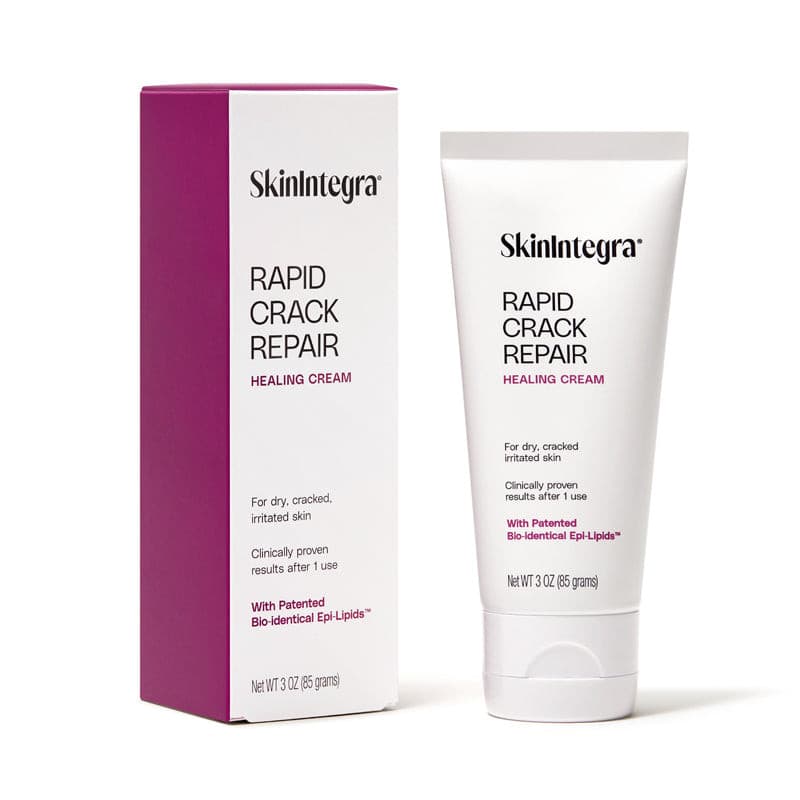Pedicures are a relaxing and indulgent way to pamper ourselves, but for individuals with diabetes, proper foot care takes on a whole new level of importance. Diabetes can lead to decreased circulation and nerve damage, making foot health a critical concern. Here are seven essential tips to ensure a safer pedicure experience for those with diabetic feet.
-
Consult Your Doctor First: Before scheduling a pedicure, consult your healthcare provider, especially if you have any existing foot issues. Your doctor can offer personalized advice based on your condition, such as neuropathy, poor circulation, or previous foot ulcers. They might recommend specific precautions or even suggest that you avoid certain spa treatments altogether.
-
Find a salon that is clean and practices impeccable sanitation: Selecting the right salon is crucial for diabetic foot care. Look for a reputable establishment with trained staff who understand the needs of clients with diabetes. A salon that maintains high levels of cleanliness and hygiene can help minimize the risk of infection.
-
Bring Your Own Tools: To eliminate the risk of infection, bring your own set of pedicure tools to the salon. This includes nail clippers, files, and cuticle pushers. By doing so, you can ensure that the tools used are clean and haven't been exposed to any potential pathogens.
-
Avoid Cutting Cuticles: Cutting cuticles during a pedicure can increase the risk of infection. Diabetic feet are more susceptible to infections, and even a small cut or opening can lead to serious complications. Instead of cutting cuticles, gently push them back to prevent any accidental nicks or cuts.
-
Opt for a Gentle Foot Soak: Skip the hot water soak, which can potentially damage already compromised skin. Instead, opt for a lukewarm foot soak with mild, unscented soap. Keep the soak time short to prevent the skin from becoming overly dry, and pat your feet dry gently without rubbing.
-
Moisturize Carefully: Diabetic skin tends to be dry and prone to cracking. Use a diabetic-friendly moisturizer recommended by your healthcare provider to keep your feet hydrated such as SkinIntegra’s Rapid Crack Repair Cream. Avoid applying lotion between your toes, as excess moisture can lead to fungal infections. Apply moisturizer to the tops and bottoms of your feet, but be cautious not to create a slippery surface.
- Choose Nail Polish Wisely: If you plan to have your toenails painted, choose a salon-quality nail polish that's free from harsh chemicals like formaldehyde and toluene. These chemicals can be harsh on nails and potentially cause damage. Alternatively, you could opt for buffing your nails for a natural shine, reducing the need for polish altogether.
Pedicures can be a pleasurable experience for anyone, including individuals with diabetes, as long as extra precautions are taken. By following these seven essential tips, you can enjoy the benefits of a pedicure without compromising the health of your diabetic feet. Remember, when in doubt, consult your healthcare provider before undergoing any spa treatments. Your feet deserve the best care possible, and with proper planning, you can indulge in a relaxing pedicure while keeping your foot health a top priority.






